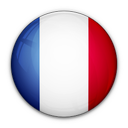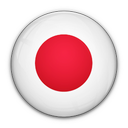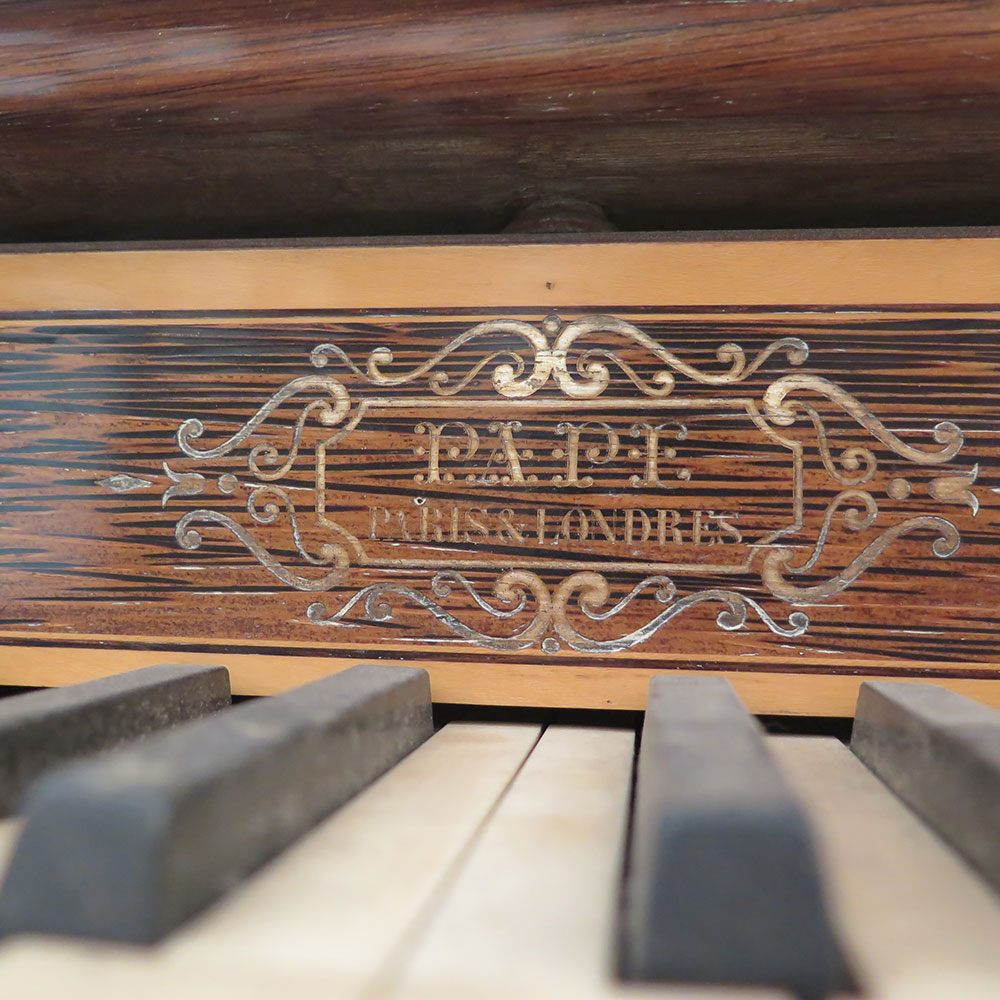Pape
Paris, France
Johannes Heinrich Pape was born in 1789 in Sarsted, Germany. Pape was the most gifted inventor in the history of piano manufacture and the most prolific generator of patents. He learnt piano making in London and then in Paris, where he was foreman of the Pleyel factory for 5 years. In 1817 he set up a business in a Paris workshop under the name Jean Henri Pape, and began to design his first pianos with a great deal of care and innovation. His passion was for making beautiful objects, and he worked on changing the classic and accepted form of upright pianos by designing pianinos, piano-consoles and pianos with bridge and harp shapes. Pape invented the ”inverted French” action, the piano with 6 strings per note, the diagonal string layout, the felted hammer in 1826, and of course tempered steel strings. Then in 1828 he filed a patent for cross-stringing for upright pianos. His Parisian workshop employed 300 qualified workers. All of Paris was eager to see what his new inventions, and exhibitions were keen to show his prototypes. His competitors, including Pleyel, could not bear his increasing renown and united against him. His ideas were ahead of his time and controversial, and he went into debt, lost his factory and died ruined and penniless in 1875. Pape remains the inventor of the most important innovations in pianos after Sébastien Erard and his double escapement for grand pianos.




